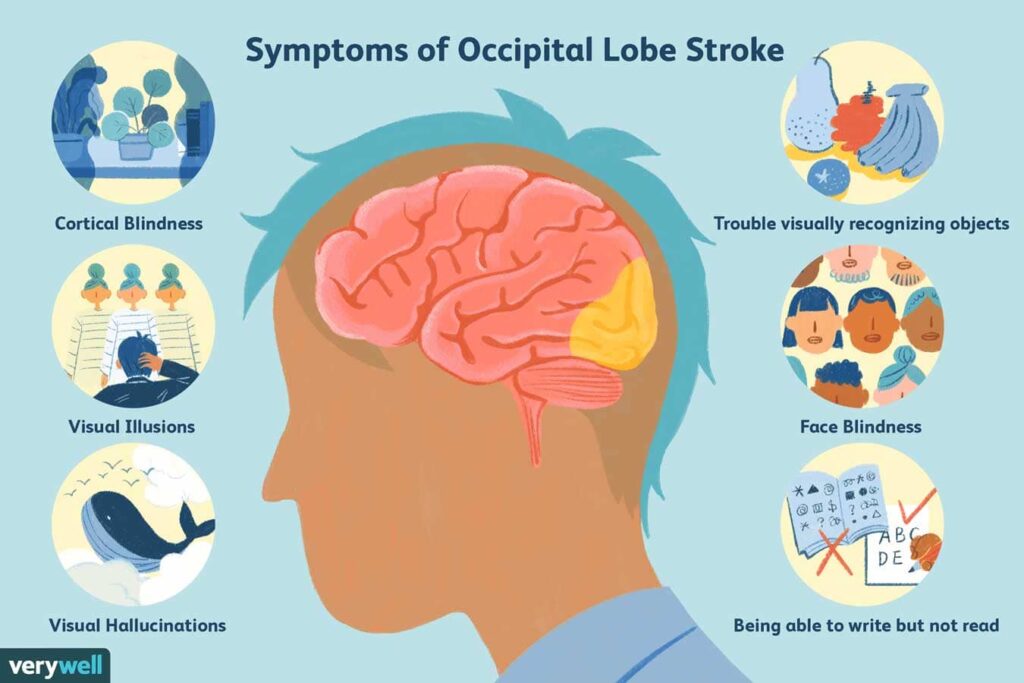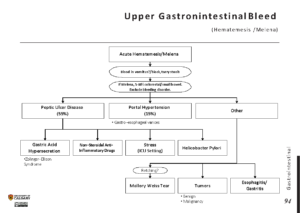Intracerebral hemorrhage, often abbreviated as ICH, is a serious medical condition that occurs when blood vessels within the brain rupture, leading to bleeding inside the brain tissue. This type of stroke can cause significant damage to brain cells and requires immediate medical attention. Understanding the causes, recognizing the symptoms, and knowing how to provide proper care are essential for improving outcomes for those affected by this condition.

What Is Bleeding in the Brain?
Bleeding in the brain refers to the sudden leakage of blood from ruptured blood vessels into the brain tissue. Unlike ischemic strokes, which occur due to blocked blood vessels, bleeding in the brain involves the destruction of brain tissue caused by the pressure and irritation from accumulated blood. The severity of the condition depends on the location and extent of the bleeding, as well as the individual’s overall health.
Types of Bleeding in the Brain
- Epidural Hemorrhage: Bleeding between the skull and the outermost layer of the brain.
- Subdural Hemorrhage: Bleeding between the layers of tissue covering the brain.
- Subarachnoid Hemorrhage: Bleeding in the space between the brain and the thin tissues surrounding it.
- Intracerebral Hemorrhage: Bleeding directly within the brain tissue itself.
Causes of Bleeding in the Brain
The causes of bleeding in the brain can vary widely, but they often involve underlying health conditions or external factors that weaken blood vessels. Some of the most common causes include:
High Blood Pressure
Uncontrolled high blood pressure is one of the leading causes of bleeding in the brain. Over time, elevated blood pressure can weaken the walls of blood vessels, making them more prone to rupture. This is especially true for small arteries deep within the brain.
Trauma
Head injuries, such as those sustained in car accidents, falls, or sports-related incidents, can lead to bleeding in the brain. Even minor trauma can sometimes result in significant internal bleeding, particularly in individuals with pre-existing conditions like aneurysms or weakened blood vessels.
Blood Vessel Abnormalities
Certain structural abnormalities in the blood vessels of the brain can increase the risk of bleeding. These include arteriovenous malformations, which are tangled clusters of abnormal blood vessels, and aneurysms, which are weak spots in the walls of blood vessels that can balloon and burst.
Blood Disorders
Conditions that affect the blood’s ability to clot, such as hemophilia or sickle cell disease, can also contribute to bleeding in the brain. Additionally, the use of blood-thinning medications, such as warfarin or aspirin, may increase the risk of hemorrhage.
Brain Tumors
Both cancerous and noncancerous tumors can cause bleeding in the brain. As tumors grow, they can compress and damage surrounding blood vessels, leading to rupture and bleeding.
Drug Use
The use of illegal drugs, particularly cocaine and amphetamines, can raise blood pressure to dangerous levels and increase the likelihood of bleeding in the brain. Chronic alcohol abuse can also weaken blood vessels over time.
Symptoms of Bleeding in the Brain
The symptoms of bleeding in the brain can develop suddenly or gradually, depending on the location and severity of the bleed. Early recognition of these symptoms is critical for prompt medical intervention. Common signs include:
Sudden Headache
A severe headache that appears out of nowhere is often described as the “worst headache of one’s life.” This type of headache is typically associated with subarachnoid hemorrhages and should not be ignored.
Neurological Deficits
Individuals may experience weakness, numbness, or paralysis on one side of the body. Difficulty speaking, understanding speech, or seeing clearly can also occur. These symptoms indicate damage to specific areas of the brain responsible for motor control and sensory processing.
Nausea and Vomiting
Bleeding in the brain can irritate the lining of the brain, triggering nausea and vomiting. These symptoms are often accompanied by dizziness or loss of balance.
Seizures
In some cases, bleeding in the brain can cause seizures. These episodes may involve convulsions, muscle spasms, or temporary loss of consciousness.
Changes in Consciousness
Depending on the severity of the bleed, individuals may become confused, disoriented, or even lose consciousness. In extreme cases, a coma may occur.
Diagnosing Bleeding in the Brain
When a doctor suspects bleeding in the brain, they will perform a series of diagnostic tests to confirm the diagnosis and determine the extent of the damage. These tests may include:
Computed Tomography Scan
A computed tomography scan, commonly referred to as a CT scan, is often the first test performed to identify bleeding in the brain. This imaging technique uses X-rays to create detailed pictures of the brain and can quickly detect areas of bleeding.
Magnetic Resonance Imaging
Magnetic resonance imaging, or MRI, provides even more detailed images of the brain than a CT scan. While it takes longer to perform, an MRI is particularly useful for identifying smaller bleeds or assessing the impact of chronic conditions like tumors or vascular malformations.
Lumbar Puncture
In cases where a subarachnoid hemorrhage is suspected but not visible on imaging tests, a lumbar puncture may be performed. This procedure involves collecting a sample of cerebrospinal fluid from the lower back to check for the presence of blood.
Treatment Options for Bleeding in the Brain
The treatment for bleeding in the brain depends on the underlying cause, the location of the bleed, and the patient’s overall health. Immediate medical intervention is crucial to minimize brain damage and improve outcomes.
Emergency Care
In the acute phase, emergency care focuses on stabilizing the patient and reducing intracranial pressure. This may involve administering medications to lower blood pressure, prevent seizures, or reduce swelling in the brain.
Surgical Interventions
In cases of severe bleeding, surgery may be necessary to remove the accumulated blood, repair damaged blood vessels, or relieve pressure on the brain. Common surgical procedures include:
- Craniotomy: A procedure in which part of the skull is removed to access the brain and stop the bleeding.
- Ventriculostomy: Insertion of a tube into the brain to drain excess fluid and reduce pressure.
- Endovascular Coiling: A minimally invasive procedure used to treat aneurysms by blocking blood flow to the affected area.
Medications
Medications play a key role in managing bleeding in the brain. These may include:
- Antihypertensive Drugs: To control high blood pressure and prevent further bleeding.
- Anticonvulsants: To manage seizures if they occur.
- Diuretics: To reduce swelling and intracranial pressure.
Rehabilitation and Long-Term Care
After the initial treatment, many individuals require ongoing rehabilitation to regain lost functions and adapt to any permanent disabilities. Rehabilitation programs often involve a multidisciplinary team of healthcare professionals, including physical therapists, occupational therapists, and speech-language pathologists.
Physical Therapy
Physical therapy focuses on improving mobility, strength, and coordination. Exercises are tailored to the individual’s needs and may involve relearning basic movements or regaining balance.
Occupational Therapy
Occupational therapy helps individuals relearn daily living skills, such as dressing, eating, and bathing. Therapists may also recommend adaptive devices to assist with tasks at home or work.
Speech Therapy
For those who experience difficulties with speech or swallowing, speech therapy can help restore communication abilities and ensure safe eating practices.
Preventing Bleeding in the Brain
While not all cases of bleeding in the brain can be prevented, certain lifestyle changes and medical interventions can significantly reduce the risk. These include:
- Maintaining healthy blood pressure through diet, exercise, and medication if needed.
- Avoiding excessive alcohol consumption and illegal drug use.
- Treating underlying conditions like diabetes, high cholesterol, or blood disorders.
- Wearing protective headgear during activities that pose a risk of head injury.
- Regularly monitoring the effects of blood-thinning medications under medical supervision.
Emotional and Psychological Support
Dealing with bleeding in the brain can be emotionally challenging for both patients and their families. Counseling and support groups can provide valuable resources for coping with the psychological impact of the condition. Mental health professionals can help address issues such as anxiety, depression, or post-traumatic stress disorder that may arise during recovery.





